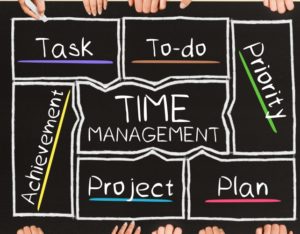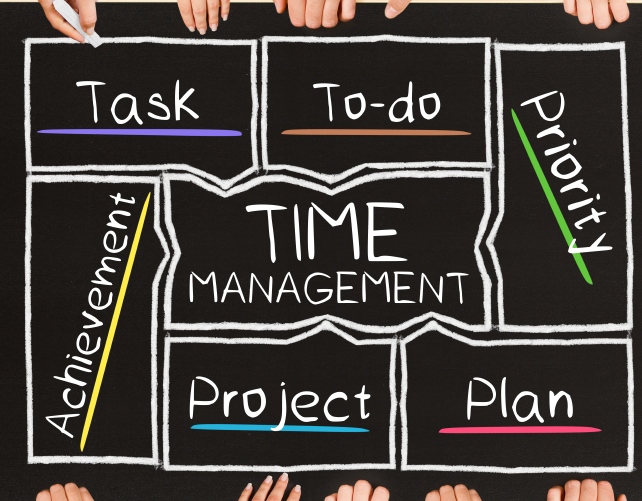

My son’s teacher, Mrs. G, refers to her students as the “Business Professionals,” but at our latest parent-teacher conference, we weren’t talking about executive functions as a boardroom strategy. Instead, we discussed my son’s strengths and weaknesses as a student, then brainstormed techniques to help him be his best at school and home.
Many types of students encounter the same educational stumbling block
From staying on task to switching gears or listening to directions, some of his biggest educational stumbling blocks lay in his mastery of executive functions. Developing educator and parent strategies for helping could be key to his long-term success as a student.
What do executive function issues look like to teachers?
Understood.org, a website devoted to learning and attention issues, defines executive functions as the set of mental skills used to manage information and get things done. In the classroom, a student with executive functioning issues may have trouble:
- Starting and completing projects
- Switching between tasks
- Solving a problem if his or her first attempt is unsuccessful
- Remembering multi-step directions
- Thinking before she or he acts
- Reacting appropriately when something upsets him or her
- Managing time spent on assignments
- Accepting criticism or disapproval
What causes students to have executive function difficulties?
Researchers have linked executive functioning difficulties to several contributing factors. These include:
- Genetics: Children and parents tend to have similar levels of executive function
- Neurological conditions such as an autism spectrum disorder
- Attention and processing disorders like dyslexia or ADHD
- Mental health conditions such as depression, anxiety or PTSD
- Damage to the brain’s prefrontal cortex from an illness or injury
Executive functioning issues and IEPs
Executive function issues are not considered a learning disability by themselves, so many students with difficulties in this area don’t qualify for an individualized education plan. However, these issues are common in students who have been diagnosed with ADHD, dyslexia, autism spectrum disorders and other challenges.
For students without an IEP, difficulty with executive mastery can come off as flightiness or a lack of attentiveness. If a teacher believes a student is suffering from these issues, students without diagnosed learning or attention disabilities can benefit from a more formal evaluation.
Teaching strategies that strengthen executive functioning skills while benefiting the whole classroom
While intervention can be difficult, creating a classroom environment sensitive and responsive to this fairly common issue benefits all students, even those without executive function issues. Coping strategies routinely recommended for parents of children with executive function issues can be integrated into instructional practices.
Understood.org suggests time-management measures such as creating checklists, setting time limits, and using planners or calendars. Creating clear expectations for students with checklists and announced time constraints lets students know how the day will unfold and helps them understand how to manage their own time.
Improve time-management issues with scaffolding
For students who struggle with time management, scaffolding is essential. Instead of saying, “You have 30 minutes for this writing exercise,” outline specific tasks and announce time constraints for each. For example, you might give students the following breakdown: “I want you to…”
- Spend 5 minutes brainstorming
- Five minutes outlining your writing
- 10 minutes writing
- Five minutes editing
- Five minutes finalizing your writing
These details can help students with time-management issues more fully utilize their time and thus create better work. They also remind the rest of the class about the specific skills expected of them during an assignment.
Use homework planners to teach students how to manage their daily schedules
Learning to use and maintain a daily schedule, planner, or calendar is a skill that even adults benefit from, so integrating homework planners into daily practice in the classroom helps all students, including those with executive function issues. In an increasingly tech-focused world, apps such as Google Calendar or ToDoIst can be more approachable and interesting to students than a standard paper planner. Additionally, gamifying the process in some way can make list-making and calendar-keeping more interesting or rewarding for students.
Explain the purpose of classroom and academic expectations
Beyond making things “fun,” Understood.org says that explaining our classroom assignments and expectations can help inflexible thinkers understand what we want from them. Research into curriculum identifies these metacognitive discussions as beneficial for all students. In addition, using strategies like Understanding By Design helps instructors identify the underlying importance of our activities. Clearly communicating our expectations and explaining how they align with course competencies helps students see a purpose to their learning.
Help students articulate their problem-solving processes and ideas
Talking to students about our expectations is important, but another key strategy for teaching students who have executive functioning issues is to listen. While a student’s approach may not always be our own, sometimes students exhibit great innovation in the ways they problem-solve. This can be used to everyone’s advantage.
It’s important to remember that these students aren’t challenging us so much as they are approaching problems in unique ways. Listening to their ideas contributes to everyone’s understanding. Additionally, encouraging students to advocate for and explain themselves sets the stage for them to become engaged learners, a type of motivation connected with long-term academic success.
Tell parents about executive function techniques
Executive function skills and strategies shouldn’t be limited to the classroom, so communicating their importance to parents, as Mrs. G did during our parent-teacher conference, is essential. While executive mastery comes naturally to some students, classroom techniques that build strong executive function skills can benefit everyone involved.
Monica Fuglei is a graduate of the University of Nebraska in Omaha and a current faculty member of Arapahoe Community College in Colorado, where she teaches composition and creative writing.
Categorized as: Tips for Teachers and Classroom Resources
